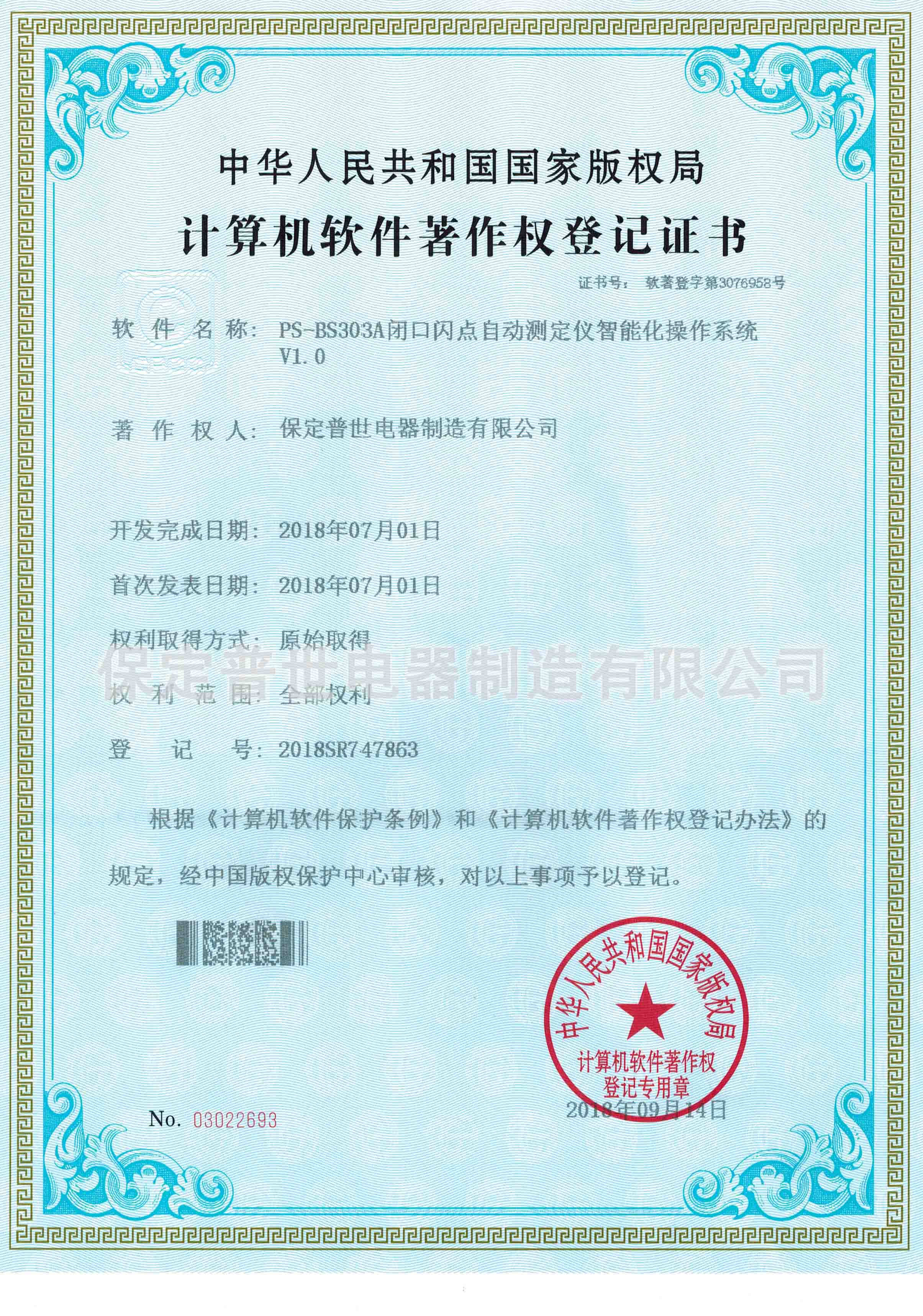 English
English


zero sequence impedance test of transformer
Zero Sequence Impedance Test of Transformers
Transformer testing is essential in ensuring the reliability and efficiency of electrical systems. Among the various tests conducted, the zero sequence impedance test is a critical evaluation method used to assess the performance and stability of transformers, particularly in the context of grounding and unbalanced fault conditions.
The zero sequence impedance test specifically evaluates the behavior of a transformer under zero sequence conditions, which occur when there is an unbalanced load or fault, such as a single-phase fault. In these scenarios, some of the phases carry current while others do not, leading to an imbalance in the system. The zero sequence impedance is particularly significant because it directly influences the effectiveness of protective devices and overall system stability during such faults.
Understanding Zero Sequence Impedance
Zero sequence impedance is defined as the impedance measured when equal currents are injected into all three phases of a transformer in the same direction, with the neutral point grounded. This impedance is vital for assessing how effectively the transformer can handle ground faults and phase imbalances. The test aids in determining the transformer's ability to reduce the impact of unbalanced loads and provides insight into the performance of the protection schemes installed in the electrical system.
Testing Procedure
The zero sequence impedance test is typically conducted using a test setup that involves grounding the neutral point of the transformer. The procedure involves injecting a controlled current into the primary side of the transformer while measuring the resultant voltages across the windings. The following steps outline the general testing process
1. Preparation Isolate the transformer and ensure all safety protocols are followed. Verify that the neutral is properly grounded.
zero sequence impedance test of transformer

3. Voltage Measurement Measure the voltage drop across the primary winding. Repeat the process for varying current levels to gather sufficient data.
4. Calculating Impedance Using Ohm's law, calculate the zero sequence impedance by dividing the measured voltage by the injected current. This process helps in understanding the transformer's performance under fault conditions.
5. Analysis Analyze the results to determine whether the impedance values fall within acceptable limits. Any significant deviations could indicate potential issues within the transformer.
Importance of the Test
The zero sequence impedance test plays a crucial role in ensuring the safety and reliability of electrical installations. A transformer with inadequate zero sequence impedance may lead to excessive fault currents, compromising the performance of protective devices and possibly resulting in severe damage to both equipment and the power system as a whole.
Furthermore, the test assists engineers in troubleshooting potential issues and optimizing the design of transformer protection schemes. Insights gained from the test can provide guidance on transformer grounding arrangements and highlight areas needing remedial action to enhance overall electrical system performance.
Conclusion
In summary, the zero sequence impedance test is an integral part of transformer assessment and maintenance. It not only ensures that transformers are capable of handling unbalanced loads and fault conditions but also aids in enhancing the overall reliability of electrical systems. Regular testing and analysis can help prevent catastrophic failures, reduce downtime, and ensure that power systems function efficiently and safely.
-
Differences between open cup flash point tester and closed cup flash point testerNewsOct.31,2024
-
The Reliable Load Tap ChangerNewsOct.23,2024
-
The Essential Guide to Hipot TestersNewsOct.23,2024
-
The Digital Insulation TesterNewsOct.23,2024
-
The Best Earth Loop Impedance Tester for SaleNewsOct.23,2024
-
Tan Delta Tester--The Essential Tool for Electrical Insulation TestingNewsOct.23,2024





